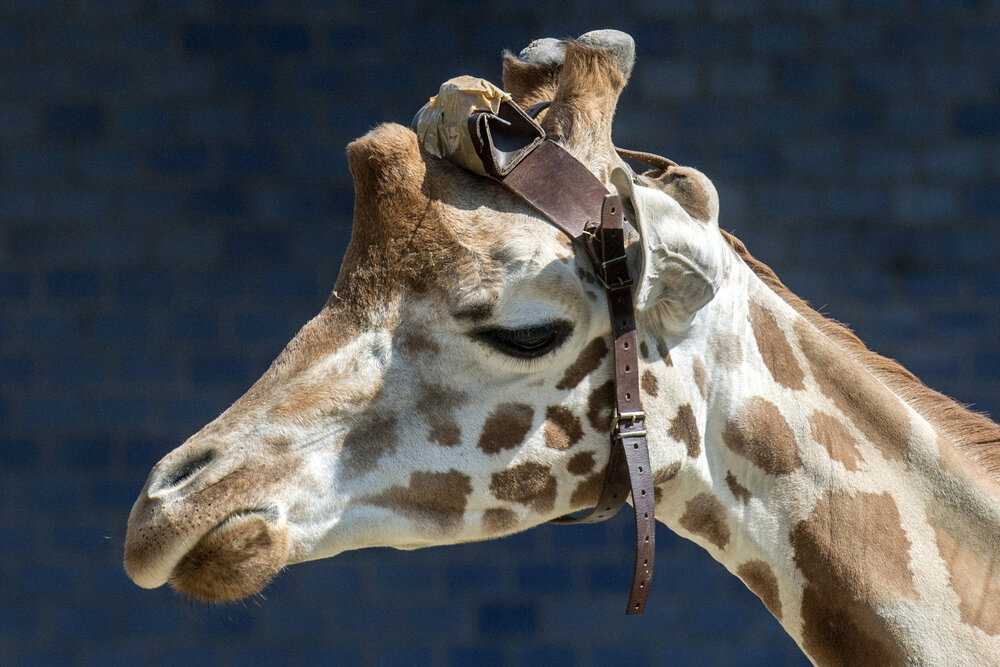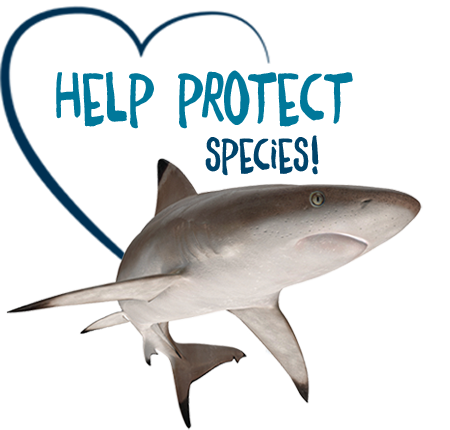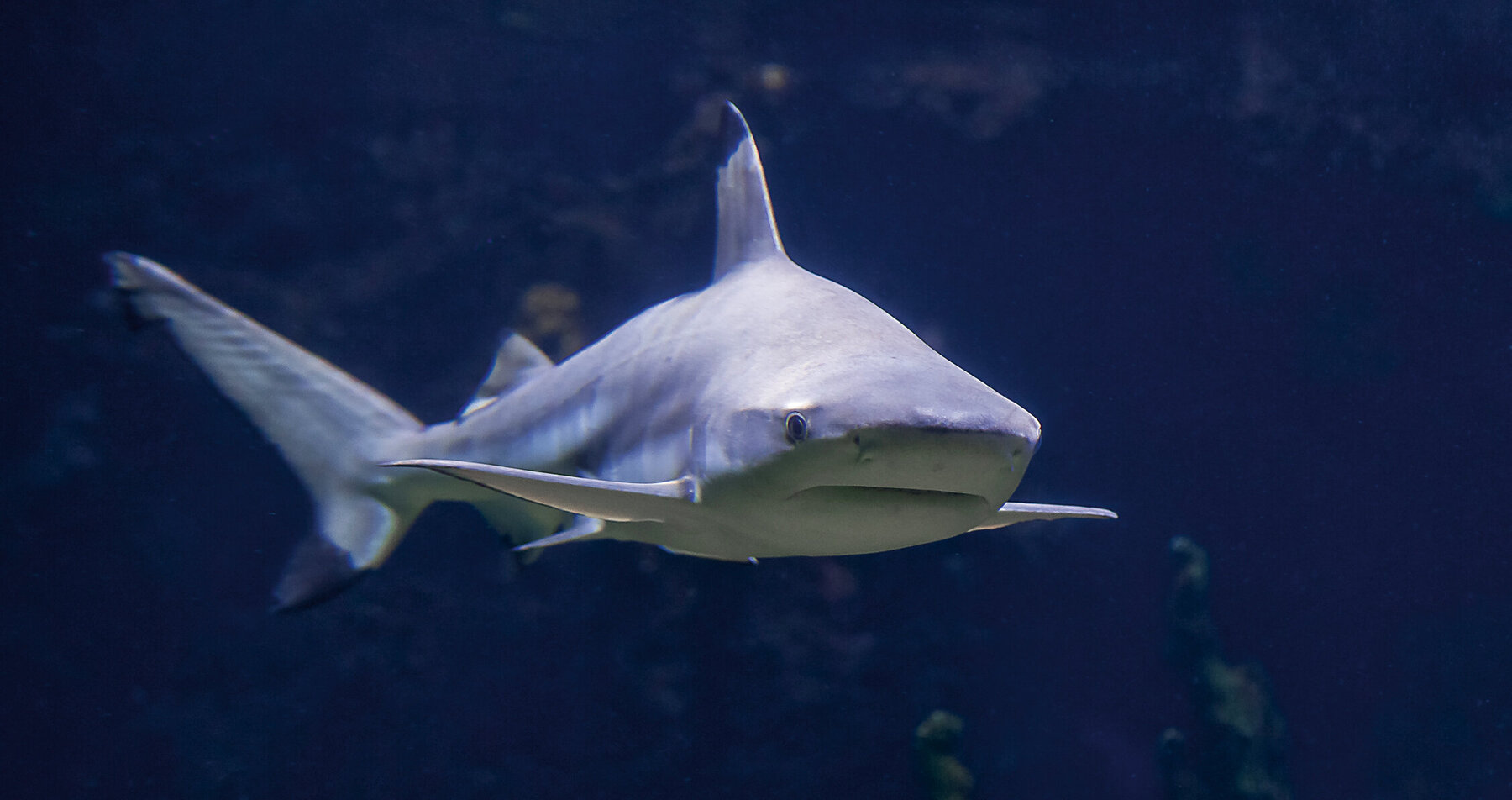
Species conservation at the Aquarium
In this day and age, conservation is one of the main roles of zoos – which work in a variety of ways to protect endangered animals and their habitats. As well as participating in projects around the world, zoos and aquariums carry out important species protection work at their own facilities.
"Made in Berlin" – conservation breeding programmes at Aquarium and Zoo Berlin
Berlin’s zoos support many conservation breeding programmes around the world. By creating stable reserve populations outside the species’ natural habitats and reintroducing captive-bred animals into the wild, zoos make an important contribution to the long-term conservation of threatened animal species. This contribution not only involves keeping and caring for the animals in their substitute habitats; an essential activity of the members of international networks like the European Association of Zoos and Aquariums (EAZA) is the active management of species in the form of studbooks and ex situ programmes like the European Endangered Species Programme (EEP). The aim of this work is to preserve the greatest possible genetic diversity within animal species worldwide – across geographical and political boundaries. Berlin’s zoological gardens are particularly well known for their commitment to the conservation of okapis, bonobos, bison, gharials, Edward’s pheasants, narrow-striped mongooses, and Amur tigers. The Aquarium is particularly committed to ensuring the survival of the Mexican goodeid fish.
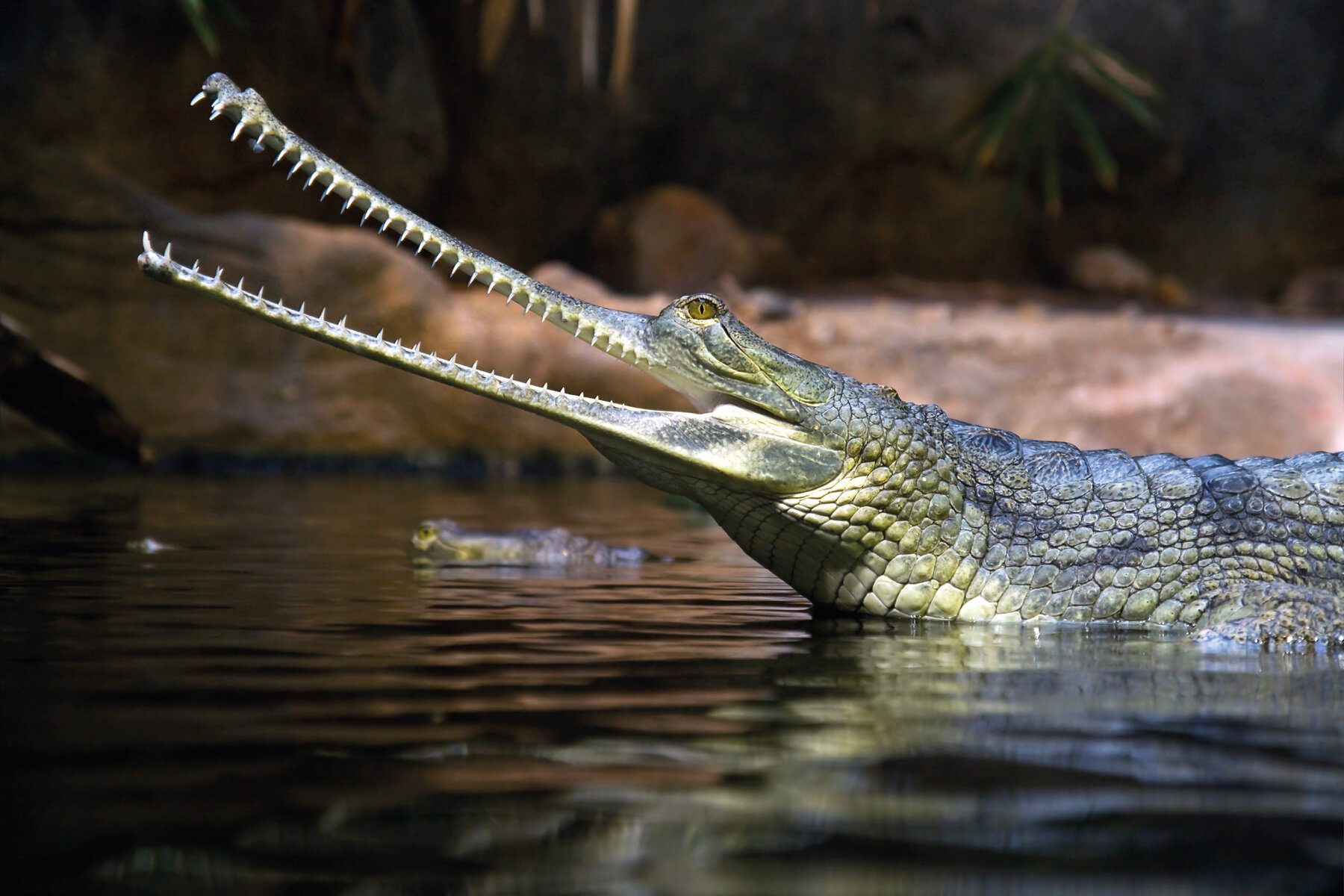
EAZA, EEP and Co.
Ex situ: In human care outside the animal’s natural habitat, such as in zoos (projects within natural habitats are known as in situ)
EEP: In 1985, EAZA established the European Endangered Species Programme alongside studbooks. As an ex situ programme, its aim is to ensure the best possible care of species outside their natural habitats. Depending on the species, an EEP programme has different focuses such as breeding, release into the wild, or education.
EAZA: European Association of Zoos and Aquariums, which is managed together with other regional zoo associations such as those in the USA (AZA) and Southeast Asia (SEAZA) within the umbrella organisation WAZA – the World Association of Zoos and Aquariums.
Studbooks: The establishment of studbooks represented the first step towards the international management of animal populations. The first such animal register was created in 1923 with the studbook for the European bison at Zoo Berlin. The studbook coordinator is responsible for managing the transfer of animals in order to preserve the population’s genetic diversity. Studbooks may also contain recommendations for improving the conditions in which animals are kept.
"We only love that which we know, and we only protect that which we love."
I consent to being shown external content. This may result in personal data being transmitted to third-party platforms. More details can be found in our data protection statement.
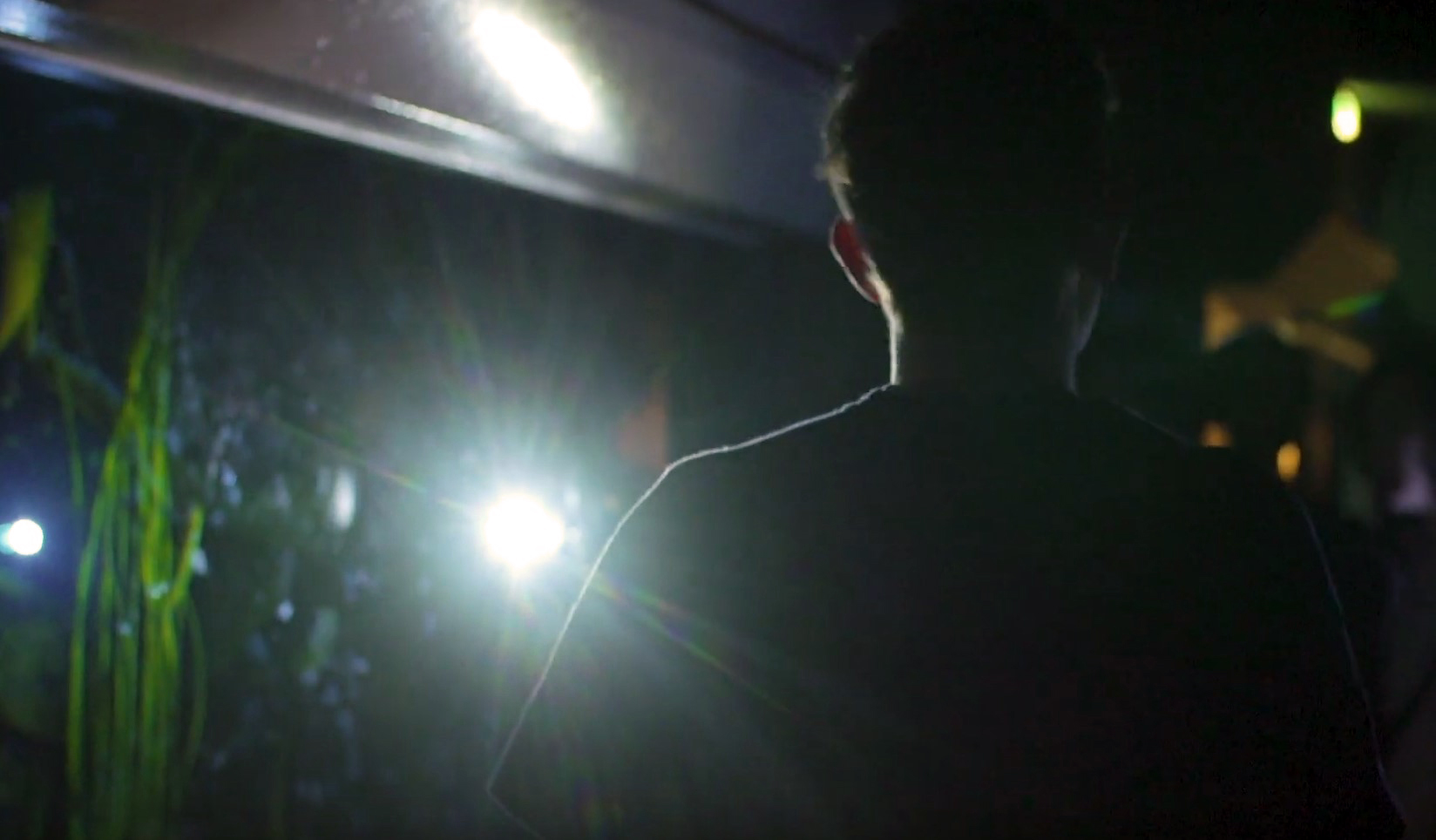
Sustainable learning at Aquarium Berlin
Raising awareness and enthusiasm about animals and nature is a central task of modern zoos and aquariums. As a scientifically managed institution, Zoo and Aquarium Berlin take this educational mission very seriously. Knowledge transfer here takes place in many different ways. The Aquarium enables people to observe and experience animals with all their senses; it presents information via attractive signs; and its animal keepers hold commentated feeding sessions. As ambassadors for their species, the animal inhabitants of Aquarium Berlin achieve something that textbooks struggle to do through facts alone: they provide experiences and trigger emotions that inspire, engage and raise awareness – for endangered animals, their natural habitats, and their preservation. An important educational topic at Aquarium Berlin is the pollution of rivers, lakes and seas. At the heart of Zoo Berlin is the Zoo School, an extracurricular learning centre offering a wide range of educational activities for a variety of target groups.
New findings lay the foundations for animal and species protection
The most important basis for effective species protection is knowledge. Without knowledge of population sizes, diet and preferred habitats, threats to an animal’s survival cannot be identified and the appropriate protection measures cannot be devised. Research is therefore one of the four main tasks of modern zoological gardens. Observing the behaviour of certain animals is sometimes only possible in zoos – for example, if it is difficult or even impossible to observe that animal in its natural habitat. Berlin’s zoos are also important partners for Berlin universities and other leading research institutions such as the Leibniz Institute for Zoo and Wildlife Research (IZW) in their research into animal behaviour (e.g. social and reproductive behaviour) and their gathering of veterinary knowledge. In addition to the expertise gained in zoological institutions through the keeping of animals, zoos also support research projects with personnel and funding. For example, Berlin’s zoos are helping researchers learn more about polar bears in the Arctic so that they can establish suitable designated protected areas based on scientific findings.
